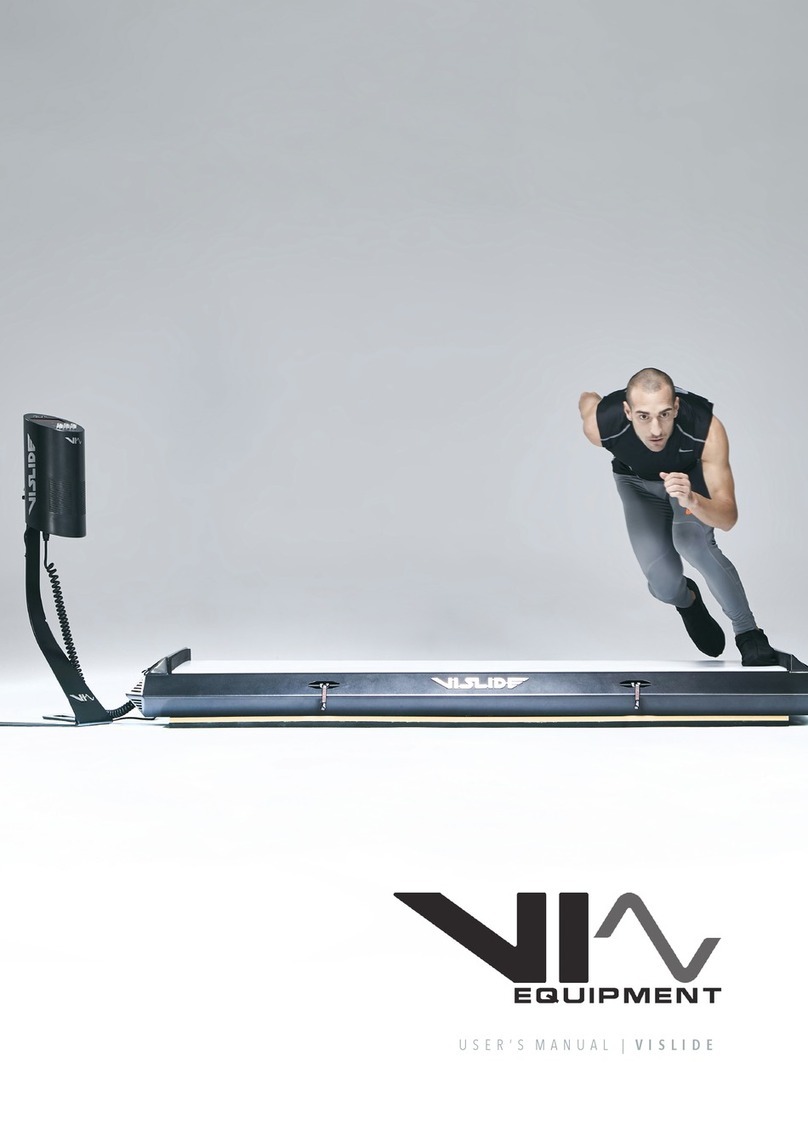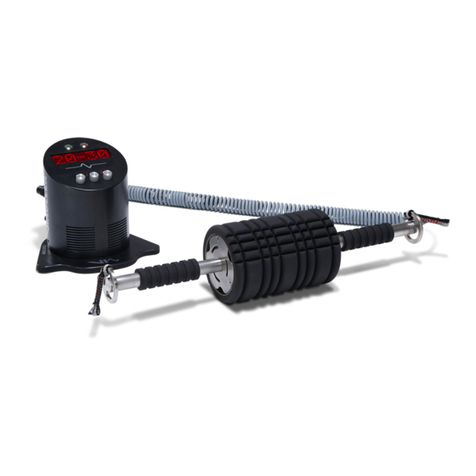
U S E R ‘ S M A N U A L | V I B A L A N C E 2 . 0
The beginning
The Vibalance
Technical characteristics of the Vibalance 2.0
Elements of the equipment
Appropriate use of the Vibalance 2.0
Choosing the location for the instalation
Difficult or complicated maneuvers
Correct use of the equipment and assembly
Safety tips and advice
Connection of the Vibalance 2.0 to the control tower
Exercises and recommendations
Getting on and off the equipment
Placement of stabilizers and other equipment adjustments
Mobility of the control tower
Maximum weight
Description of the functioning of the control tower
Principal menu screen
Frequency selection in the principal menu
Amplitude selection in the principal menu
Time interval selection in the principal menu
Frequency cycles selection in the advanced control
Frequency cycle type selection in the advanced control
Information regarding Cycle type in the advanced control
Metronome
Selection of a single rhythm
Combination of two different rhythms
Other considerations regarding the use of the pace function
“IN USE” screen
Selection of a single frequency
Selection of cycle
START/STOP photoelectric sensor
Back lighting and return to default values
Maintenance
Problem solving
Scrap and elimination of the equipment
Disclaimer
Guarantee
Customer support
30
31
32
33
34
35
36
37
38
39





























